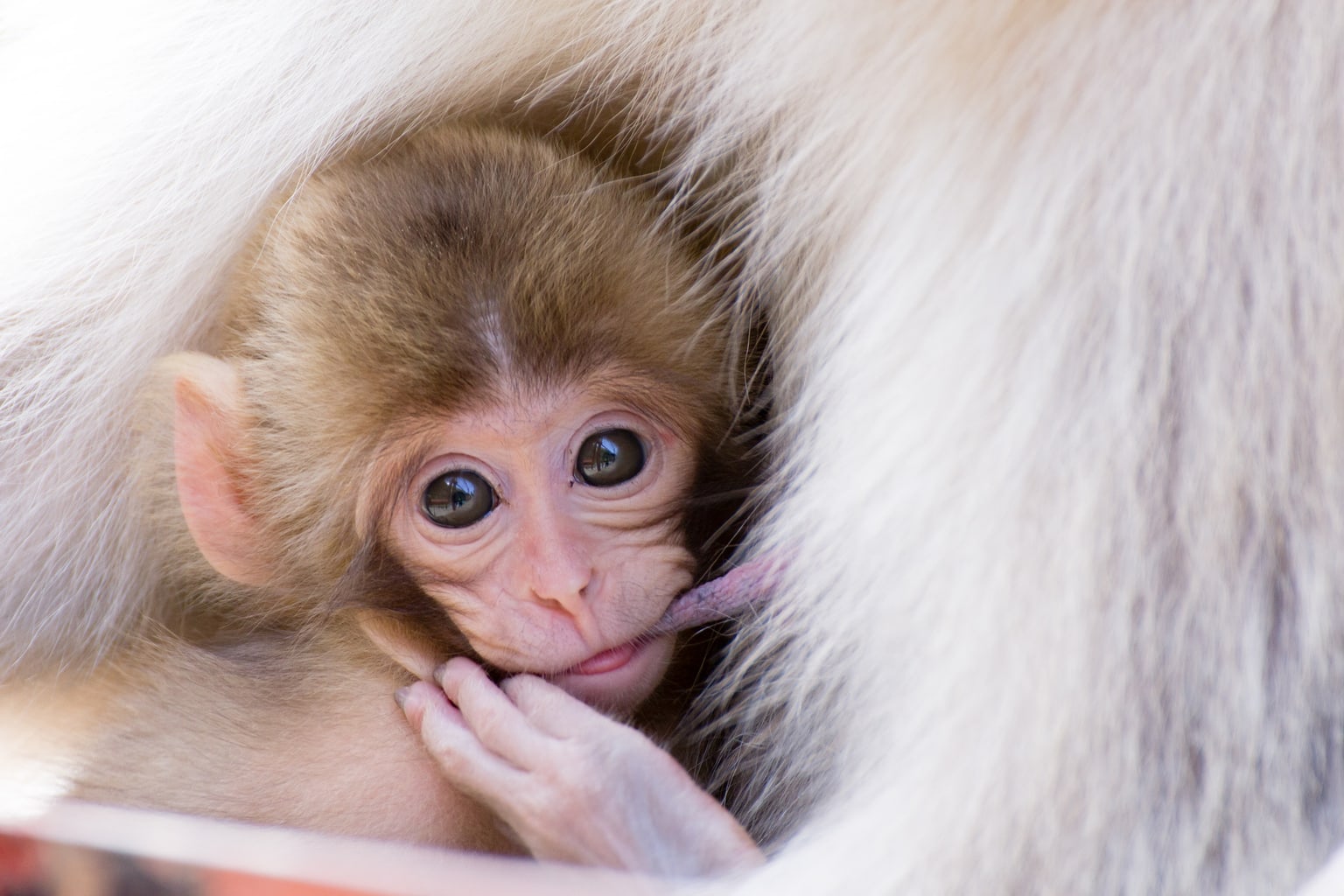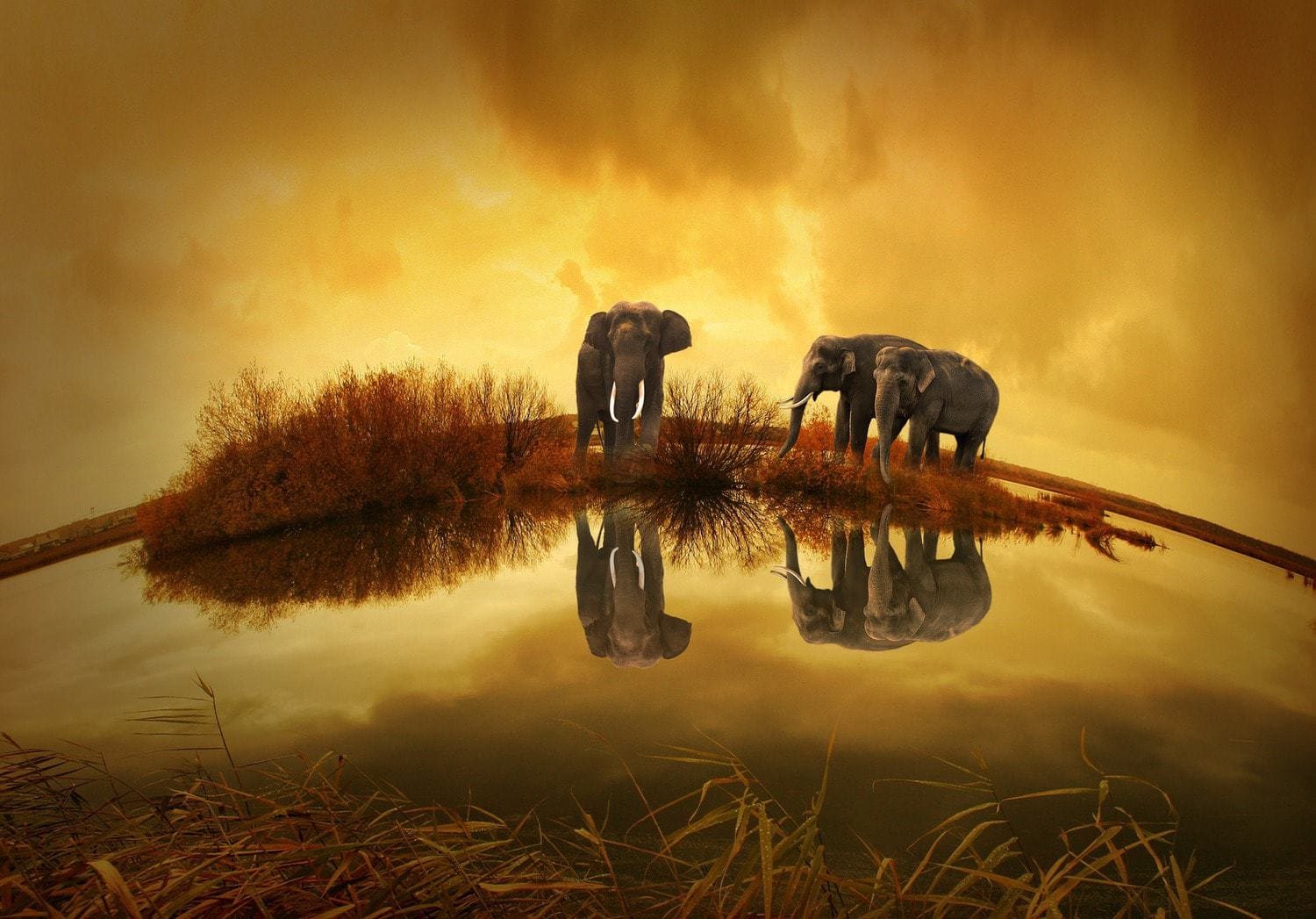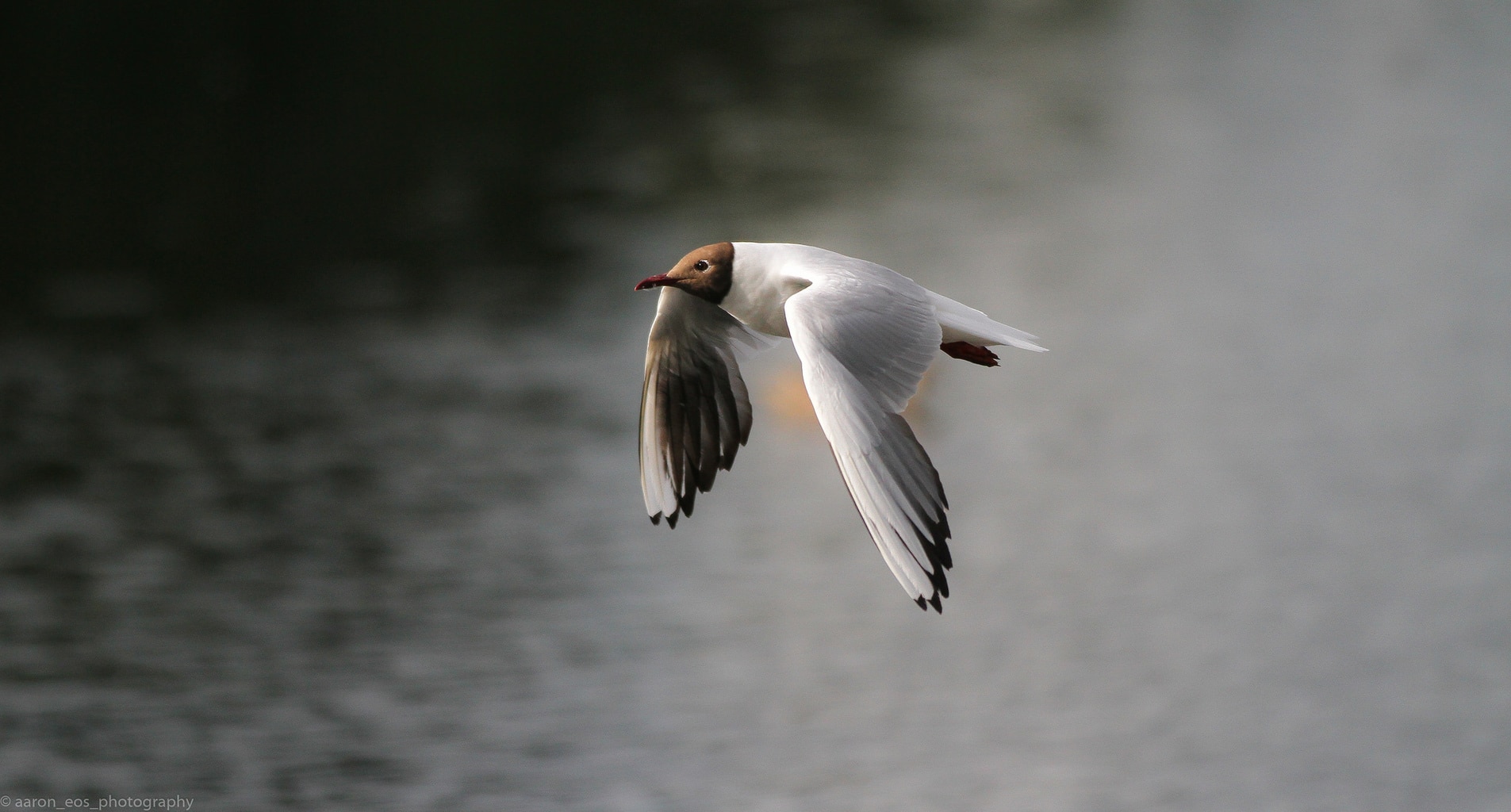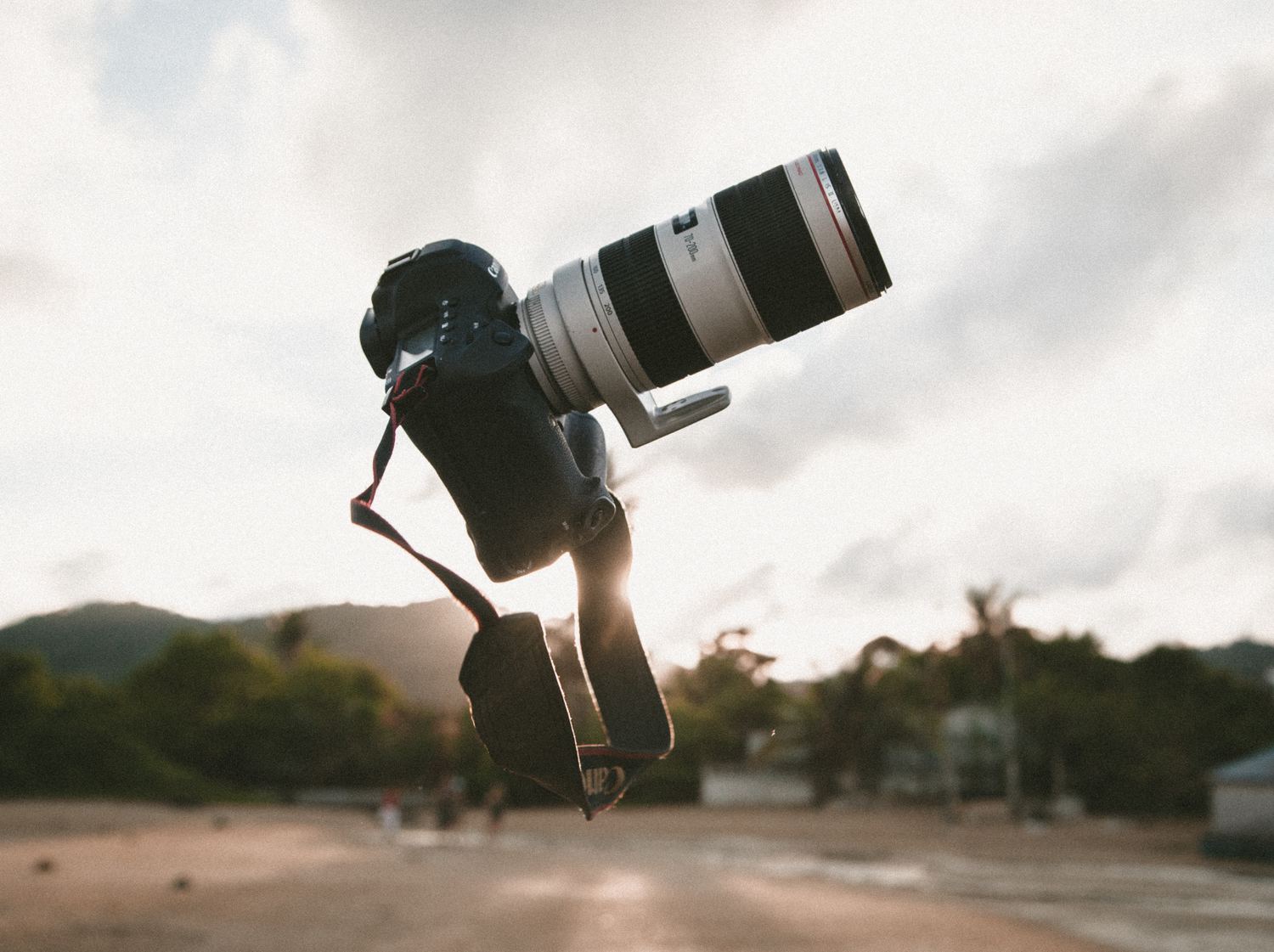You love animals. Wild life attracts you like a siren's song to a sailor, you can't help it. It is passion, an irrepressible desire to capture the brutal beauty of a wild animal in its habitat. You are dying to capture the flight of an eagle or the roar of a bear. Photographing pets, like your cute kitty or your neighbor's dog is also a passion for you, although you want more. You dream of a safari in Africa or of going into the depths of a jungle. It is clear, yours is wildlife photography. And of course, the objectives you have do not reach you. You need one that allows you to capture all that natural essence that fascinates you so much.
Today I am going to dedicate this article to help you find an ideal goal to unleash that passion. If you want to delve deeper into nature photography, don't miss this complete guide that we have prepared for you, full of tricks, tips and a lot of inspiration.
WHAT SHOULD YOU TAKE INTO ACCOUNT?
It is not the same to photograph an insect, a bird or an elephant. Nor is a dog the same as a panther, even though the first is huge and similar in size to the second because you won't get as close to one as to the other, right? That is why we are going to analyze first what aspects you have to take into account.
CAMERA
What camera do you have? Is it full frame or not? When choosing your goal you should see if it is compatible or not. Not all lenses work for all cameras. And if you put a lens designed for a full-frame camera on one that isn't, you have to take the crop factor into account.
FOCAL DISTANCE
Unless your favorite fauna is insects, the ideal is to look for a telephoto lens that brings you closer to the subject and fills the frame, while blurring the background to give the animal more prominence. A focal length around 300mm is usually adequate, however if you want to photograph birds with the highest level of detail you should think more about something closer to 500 or 600mm.
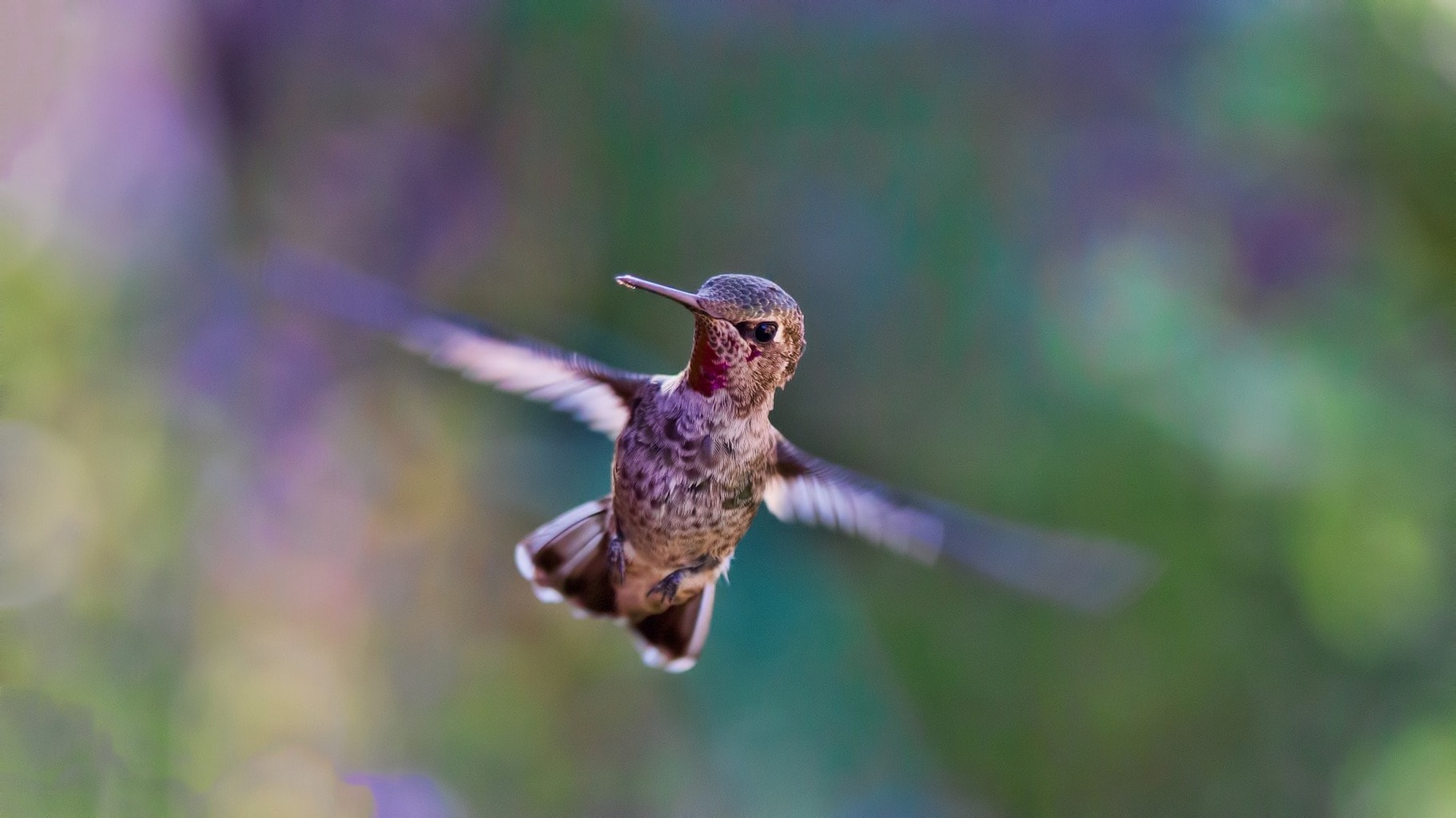
On the other hand, if you need to continually change your composition and you cannot move, consider the option of a zoom that goes between 100 and 400mm to gain flexibility and versatility.
However, wildlife photography does not necessarily have to be an animal filling the frame. What about the landscape, the environment? An angular lens that shows the immensity of the landscape in comparison to the animal in question can be, in many cases, a great option. If you don't believe it, just look at the cover photo ;).
OPENING
A larger aperture will allow you to shoot at higher speeds to better capture the action. Because of course, you are not going to say to an animal, stay there, right? Also, it is impressive to see them in motion and that is reflected in the image;). For very fast moving animals you will have to use lenses with an aperture of f/2.8 or so.
Another reason to use large aperture lenses is the fact that many of the photographs will be taken at sunset and sunrise, either because the light is tremendously attractive or because for many animals it is the time of greatest activity (or both ;)) .
SEALED
If you are going to photograph fauna beyond the zoo next to your house or the pets of your friends or relatives, and you plan to submerge yourself in the mud, cross African deserts or get lost in the humid jungles, it would be convenient that together with a sealed camera you look for a weather-sealed lens. One thing about that, fixed lenses are less prone to foreign objects ? (although they are also quite expensive ? ).
ZOOM OR FIXED
After talking about focal length and sealing, the question may arise, zoom or fixed? The answer is difficult, because in reality it is rather a depends. If you are looking for quality, without a doubt a fixed. If what you want is greater flexibility, yours would be a zoom. You have to analyze which one is more suitable for your needs or desires.
IMAGE STABILIZER
The Image Stabilizer reduces camera shake, which is very necessary with long focal lengths. Although it is normal that you use a tripod with very long focal lengths, when it is not possible for you, the image stabilizer or vibration reduction will help you.
TELECONVERTERS
If you intend to use a teleconverter to increase the focal length of your lens, keep in mind that light input is decreased, so an aperture of f/4 may become f/5.6, for example.
OBSERVATION AND PATIENCE
It can be very frustrating to want a very long focal length telephoto to cover your desires and not have a pocket. All the mm that you add to your objective may seem few to you. However, there is something that can solve this. It is something rudimentary but it works in many cases. As long as your life is not in danger, observation and patience, with a good camouflage can achieve that, instead of approaching the animal with a TV, it is the one that approaches you.
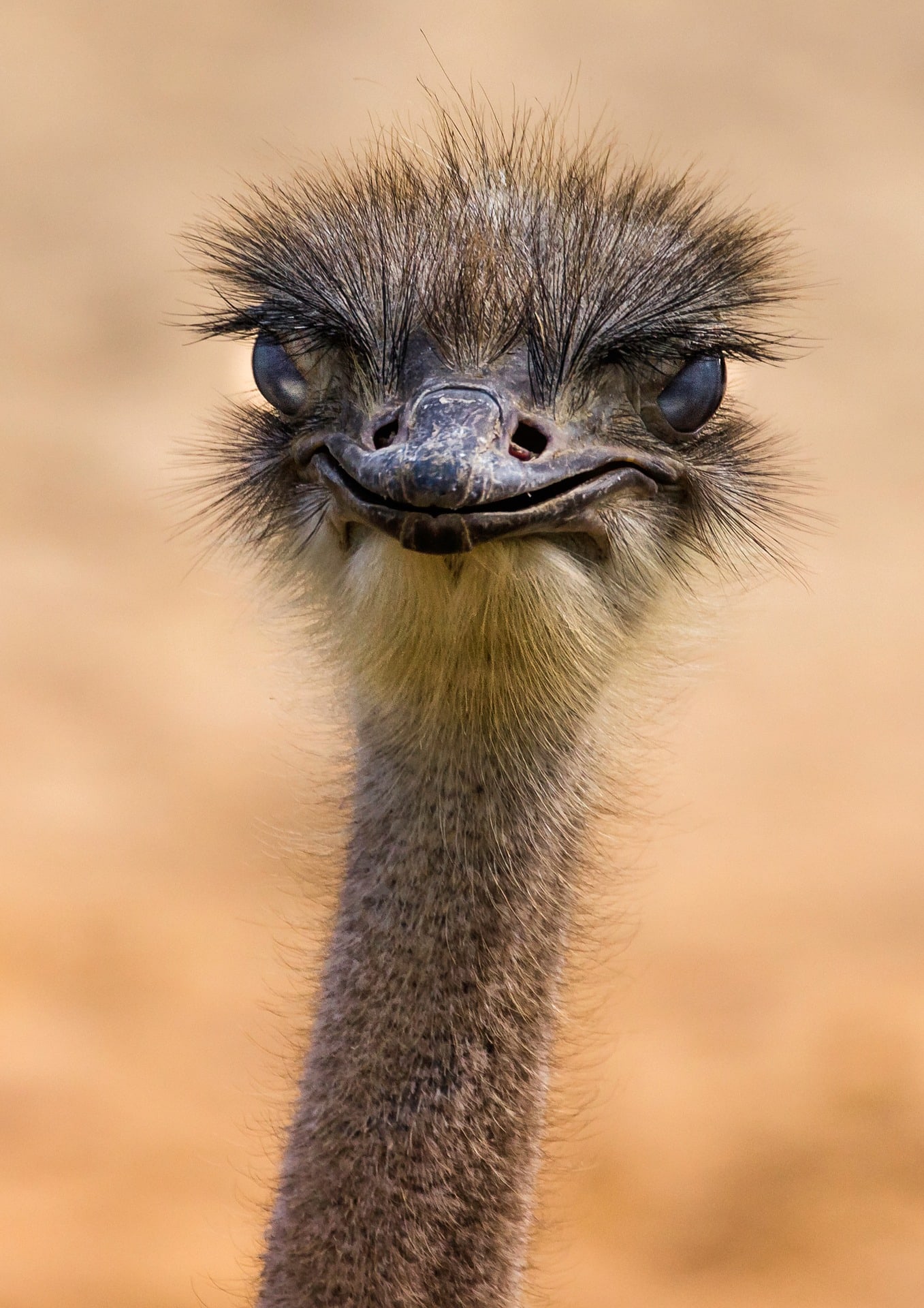
NEED VS. POCKET
And speaking of frustrations, let it be clear that in most cases what you (think you) need and what you can afford do not go hand in hand. As you progress and discover within this world, any team falls short, you always want more. Above all, don't let your head go because this is escalating, the more you have, the more you want. And each stage has its process. Enjoy at every moment the equipment you have or the one you can get without mortgage for life. There are other aspects that are much more important than the team and it is not the same as being a newcomer fan, an amateur or a professional. Let good sense reign ;).
RECOMMENDED OBJECTIVES
Taking into account the above aspects, analyze what you are looking for or expect in a goal, or which is the one that best suits your needs (and/or your pocket). Here are some examples for beginners or amateurs:
SIGMA 70-300/4-5.6 MACRO DL
The most economical . For the price it has and the user ratings it is worth considering. Its biggest limitations are the lack of stabilizer and excessive noise. It would be indicated to start without ruining yourself ;).
Available for Canon, Nikonand Pentax
TAMRON 70-300MM, F/4-5.6 – LENS FOR NIKON
Unbeatable value for money. Solid and robust with a very powerful and silent stabilizer . The level of sharpness and detail is really good considering its very affordable price. A must for beginners or amateurs. Its biggest drawback is the lack of light.
